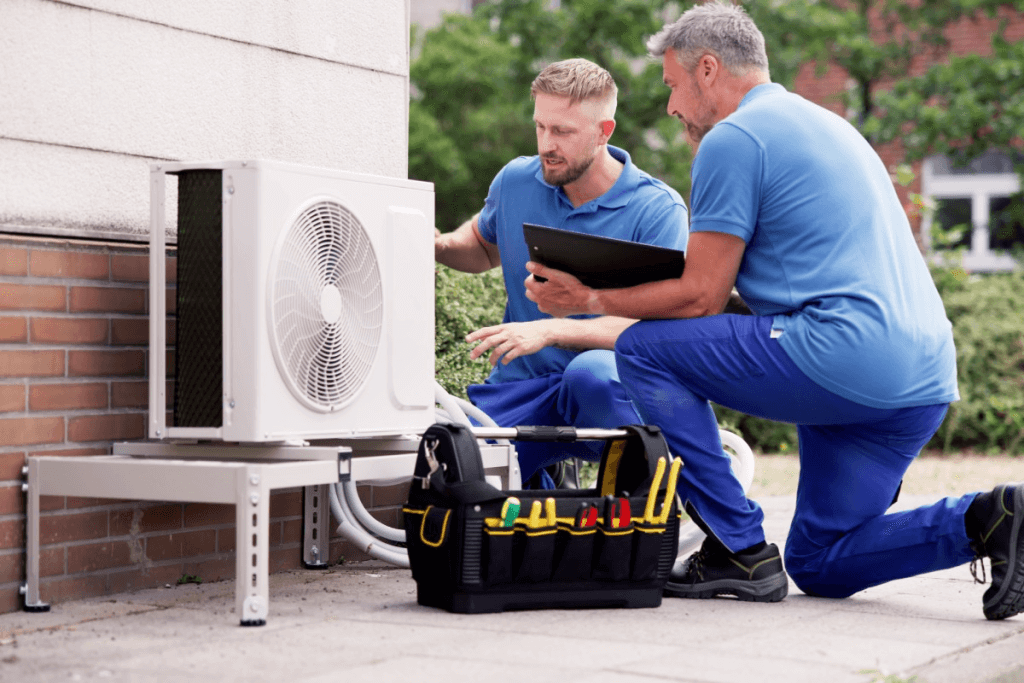A consistent cooling experience depends on how well an air conditioning system circulates air. Even if the equipment is functional, limited airflow can lead to uneven indoor temperatures. In some cases, certain parts of the home may remain warmer than others, even when the thermostat is set correctly. This is a sign that airflow needs to be evaluated as part of the regular maintenance routine.
During scheduled service visits, technicians inspect several key components to ensure the system operates efficiently. One of the most valuable steps is testing the airflow across the system. An air conditioning repair company may include this as part of its diagnostics to identify early-stage concerns. Blockages, weak circulation, or duct issues typically appear in these tests before they cause performance disruptions.
The Role of Airflow in Maintaining Indoor Comfort
Proper airflow ensures that conditioned air is distributed evenly throughout the home. If the flow is too weak, certain rooms may receive limited cooling while others get more than necessary. This imbalance can cause the system to operate longer than necessary, resulting in increased energy consumption without improving comfort.
Technicians evaluate airflow using tools that measure air pressure and movement at various points within the ducts and vents. These tests help determine if the system is circulating air at the right capacity or if changes are needed to improve output and balance.
What Technicians Look for During Airflow Evaluation
During an airflow check, technicians focus on key areas that may restrict circulation. A quick assessment typically includes:
- Inspecting filters for dirt or clogs
- Checking ducts for leaks or sharp bends
- Testing airflow levels at vents
These steps help locate blockages or imbalances that affect performance. Identifying these issues early allows for targeted adjustments that improve system efficiency and restore even cooling throughout the home.
Why Regular Airflow Testing Supports Long-Term Performance
Including airflow testing during repair visits helps identify potential issues early. This prevents avoidable strain on system components and supports a smoother cooling process. If airflow remains restricted over time, fans and motors may operate under pressure, leading to reduced reliability.
Airflow testing also helps maintain consistent humidity levels. When air does not circulate properly, moisture can accumulate in specific areas of the home. Proper airflow helps manage indoor humidity and supports a comfortable living environment, especially in warm or humid conditions.
Seasonal Factors That Can Influence Airflow Patterns
As outdoor temperatures fluctuate, airflow patterns within a home may also change. Warmer months place greater demand on cooling systems, revealing weak spots in circulation. To maintain steady airflow, technicians may recommend:
- Maintaining or repairing ductwork for optimal airflow
- Realigning vent openings to improve circulation
- Changing out air filters on a regular basis
These small changes help systems run more smoothly, especially in homes with older layouts or complex ductwork and can prevent unnecessary service calls during high-use periods.
How Local Knowledge Improves Airflow Troubleshooting
Professionals who regularly work within the same service area generally have a deep understanding of the types of issues common to local properties. This can include older ventilation systems, temperature shifts, or seasonal use patterns. Their familiarity allows them to make more accurate decisions when testing and adjusting airflow.
Including airflow tests in standard repair procedures helps create a well-rounded service approach. Homeowners benefit when each part of the system is assessed together rather than in isolation. Restoring airflow where needed supports consistent performance without making unnecessary changes to the unit itself.
An air conditioning repair company that performs airflow testing as part of its service helps maintain a more reliable cooling system. Testing reveals subtle issues that can affect comfort, even if the central unit is functioning correctly. By identifying areas where airflow is limited or uneven, technicians support better performance across the entire system. This step contributes to improved energy use, indoor comfort, and longer-lasting equipment over time.
Cassia Rowley is the mastermind behind advertising at The Bad Pod. She blends creativity with strategy to make sure ads on our site do more than just show up—they spark interest and make connections. Cassia turns simple ad placements into engaging experiences that mesh seamlessly with our content, truly capturing the attention of our audience.


